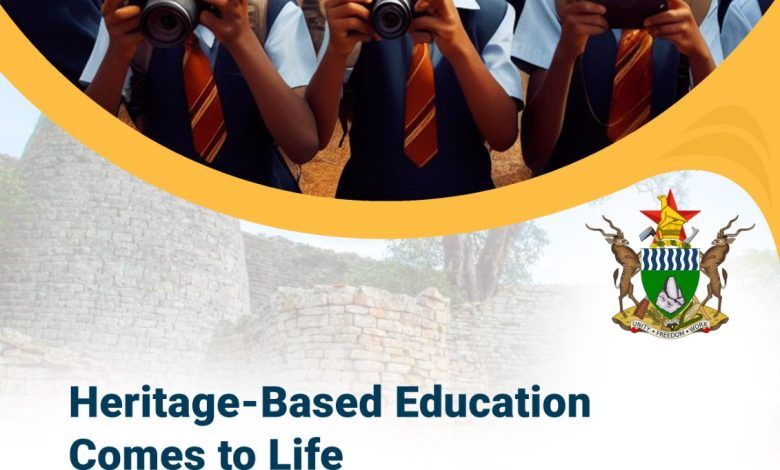Schools resumed for the first term of 2025 on January 14, marking the introduction of the Heritage-Based Curriculum (HBC) by the Government.
This new curriculum is intended to equip learners with vital skills, values, and attitudes for life and work, with a strong emphasis on scientific and technological advancements.
According to Moses Mhike, Permanent Secretary in the Ministry of Primary and Secondary Education, the HBC is designed to meet the specific educational needs of Zimbabweans by drawing on the nation’s unique cultural and natural resources. Speaking to The Sunday Mail, Mhike outlined how the curriculum aligns education with local heritage and resources.
When asked to differentiate the newly implemented school-based projects (SBPs) from the Continuous Assessment Learning Activities (CALAs) of the previous curriculum, Mhike explained that SBPs are practical, context-based initiatives conducted at individual schools. Unlike CALAs, which assessed multiple subjects, SBPs focus on specific learner interests, encouraging creativity while minimizing costs.
Another distinction is the timeline: each SBP is conducted over an entire year for a given learning area, whereas CALAs were completed each term. Assessments for SBPs combine both continuous and summative approaches. Continuous assessment incorporates recorded activities from SBPs and other school tasks, while summative assessment evaluates learners through regular checkpoints, such as weekly, monthly, or yearly tests—a method absent in CALAs.
Read: University Of Birmingham UK Offers 125th Anniversary Scholarships For International Students
For Early Childhood Development (ECD), the curriculum shifts primarily to continuous assessments, including profiling and school-based projects. This represents another departure from the CALA model.
The revamped curriculum introduces new learning areas that respond to public feedback. In addition to core subjects like Mathematics and English, the curriculum now includes:
- Science and Technology: Covering Science, Agriculture, and Information and Communication Technology (ICT).
- Social Sciences: Encompassing Social Studies, Heritage Studies, Family, Religious and Moral Education, Guidance and Counselling.
- Physical Education and Arts: Including Physical Education, Mass Displays, and Visual Performance and Arts.
This restructuring is designed to create a more holistic and dynamic educational environment. Technological advancements play a pivotal role, enhancing engagement through interactive methods like simulations and blended learning. Tools such as artificial intelligence (AI) and machine learning have personalized the learning experience, improved accessibility, and fostered collaboration. Innovations such as assistive devices, speech therapy tools, and corrective hearing technologies further ensure inclusivity.
To maximize these opportunities, the curriculum emphasizes the need for investment in digital infrastructure and modern tools. Technologies like the Internet of Things (IoT), robotics, blockchain, and AI are promoted for integration into classrooms, alongside a focus on digital safety and avoiding harmful or explicit content.
The curriculum also prioritizes the construction of safe, inclusive, and age-appropriate facilities. Universal design principles will guide the development of new school buildings, ensuring improved accessibility and safety. Schools are encouraged to provide infrastructure such as playgrounds, sanitary restrooms, and water and hygiene facilities that cater to diverse needs, including those of learners with disabilities.
Through these measures, the Heritage-Based Curriculum aims to create an enriched and inclusive educational system that equips learners for the demands of modern society.

For comments, Feedback and Opinions do get in touch with our editor on WhatsApp: +44 7949 297606.


